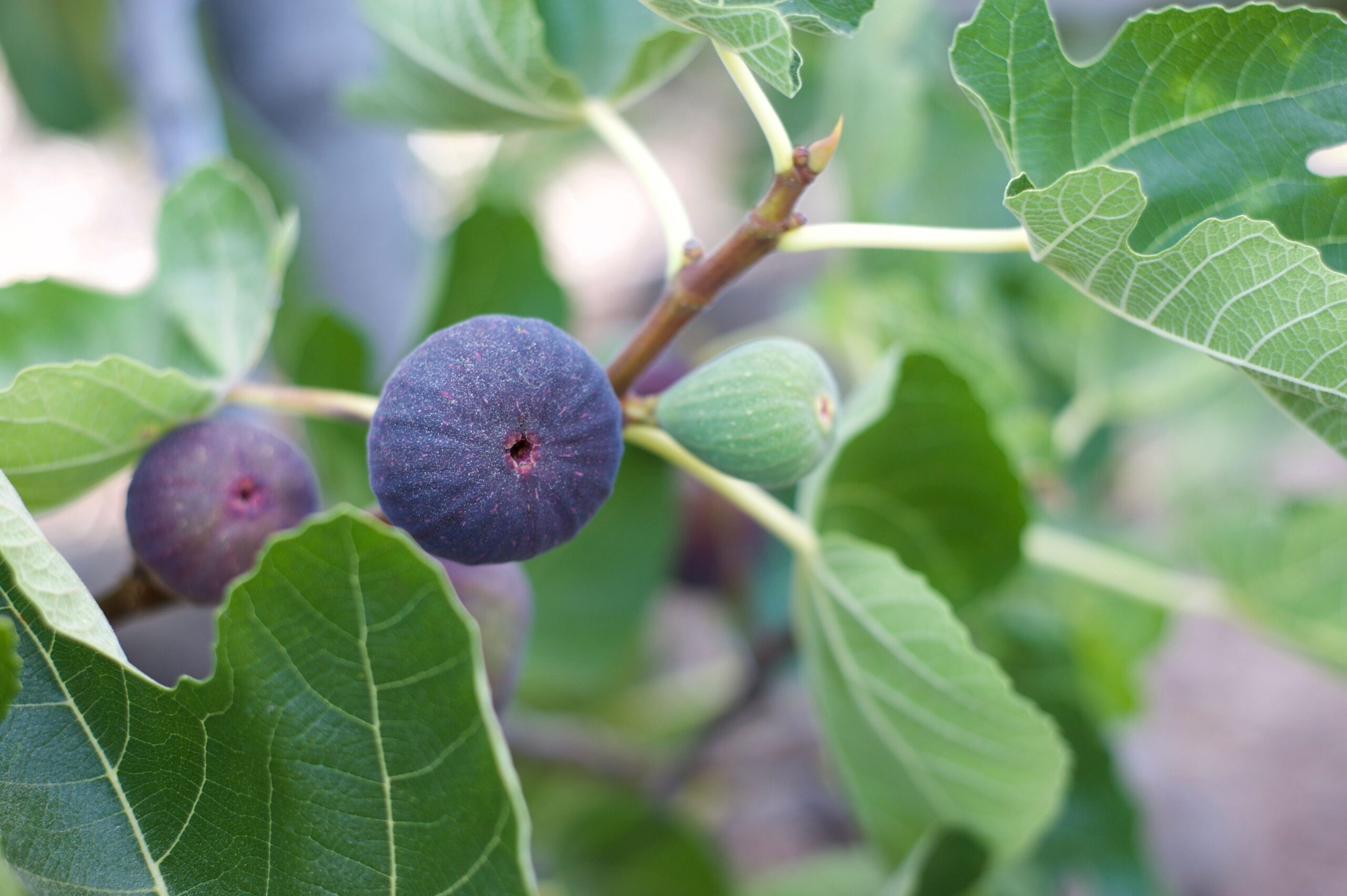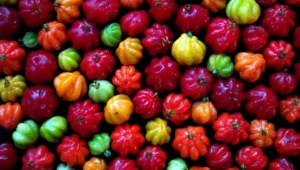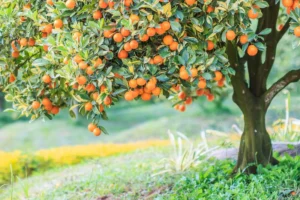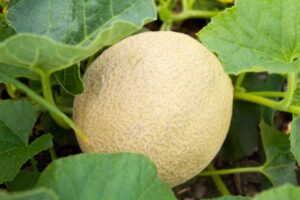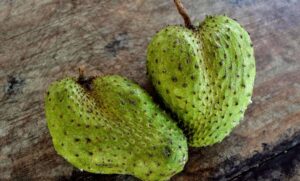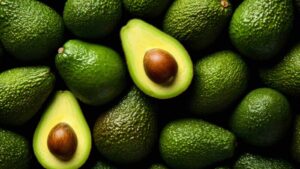How to Grow and Care for Fig Trees: A Complete Guide
Growing your own fig tree can be incredibly rewarding, whether you’re planting it in your garden, keeping it in a pot, or growing it from seed. Figs (Ficus carica) produce sweet, nutritious fruits and can thrive in various conditions with proper care. This comprehensive guide will walk you through everything you need to know about growing and caring for fig trees in the US.
Understanding Fig Trees
Figs are ancient fruits that have been cultivated for thousands of years. Native to Western Asia and the Mediterranean, they’ve adapted well to various climates across the United States, particularly in USDA hardiness zones 5-10.
Types of Figs Popular in the US Market
Before diving into cultivation methods, it’s important to understand the varieties available in the US market:
| Fig Variety | Cold Hardiness | Fruit Color | Flavor Profile | Best Growing Regions |
|---|---|---|---|---|
| Brown Turkey | USDA zones 7-10 | Purple-brown | Sweet, mild | Southeast, Southwest, West Coast |
| Celeste | USDA zones 6-10 | Light brown to violet | Sweet, rich honey flavor | Southeast, Mid-Atlantic |
| Chicago Hardy | USDA zones 5-10 | Purple | Sweet, berry-like | Midwest, Northeast |
| Kadota | USDA zones 7-10 | Yellowish-green | Sweet, less seeds | West Coast, Southwest |
| Black Mission | USDA zones 7-10 | Dark purple | Rich, sweet, earthy | California, Southwest |
| Violette de Bordeaux | USDA zones 7-10 | Purple-black | Sweet, intense | Pacific Northwest, Northeast |
Growing Fig Trees in Your Garden
Figs can thrive in outdoor gardens with the right conditions. Here’s how to ensure success:
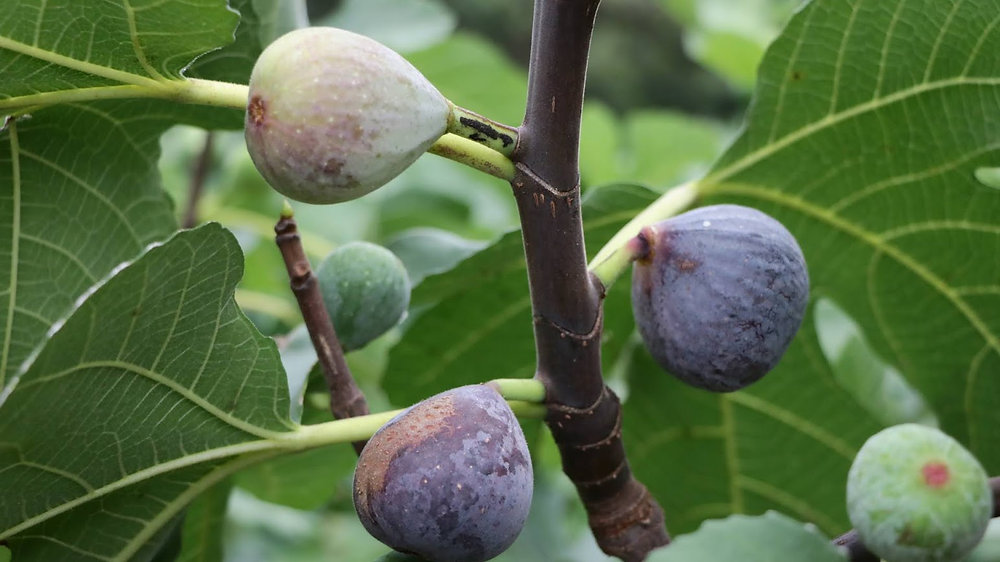
Site Selection and Soil Preparation
For optimal growth, your fig tree needs:
- Full sun exposure (at least 8 hours daily)
- Protection from strong winds
- Well-draining soil with pH between 6.0-6.5
Before planting, prepare the soil by:
- Testing your soil’s pH (you can purchase soil testing kits or consult your local extension office)
- Adding organic matter like compost to improve drainage
- Incorporating limestone if your soil is too acidic
According to the USDA Agricultural Research Service, figs prefer loamy soils with good drainage and moderate fertility: https://www.ars.usda.gov/southeast-area/byron-ga/southeastern-fruit-and-tree-nut-research/docs/fruit-trees/
Planting Your Fig Tree
The best time to plant fig trees outdoors is in early spring after the threat of frost has passed. Here’s how:
- Dig a hole twice as wide and as deep as the root ball
- Place the tree in the hole with the top of the root ball slightly above soil level
- Backfill with soil, tamping gently to remove air pockets
- Water thoroughly after planting
- Apply 2-3 inches of mulch around the base, keeping it away from the trunk
In colder regions (zones 5-7), plant your fig near a south-facing wall to provide additional warmth and protection.
Growing Figs in Containers
Don’t have garden space? No problem! Figs grow wonderfully in containers, which also allows you to move them indoors during harsh winters.
Choosing the Right Container
For container growing:
- Select a pot at least 18-24 inches in diameter
- Ensure the pot has adequate drainage holes
- Consider using fabric pots for better root health
- Choose a light-colored container in hot regions to keep roots cooler
Container Soil Mix
Create an ideal potting mix by combining:
- 1 part quality potting soil
- 1 part perlite or pumice for drainage
- 1 part compost for nutrients
This mixture provides the drainage figs need while retaining adequate moisture.
Container Fig Maintenance
Container figs require more attention than garden-planted trees:
- Water regularly when the top inch of soil feels dry
- Feed with balanced organic fertilizer monthly during growing season
- Repot every 2-3 years to refresh soil and prevent becoming root-bound
- Prune to maintain a manageable size
Growing Figs from Seed
While most figs are propagated from cuttings, growing from seed can be an interesting experiment. Keep in mind that seed-grown figs:
- Take 3-5 years to produce fruit
- May not have the same characteristics as the parent plant
- Offer the excitement of creating potentially unique varieties
Seed Germination Process
- Extract seeds from ripe figs and rinse thoroughly
- Soak seeds in lukewarm water for 24-48 hours
- Prepare a seed-starting tray with sterile seed-starting mix
- Plant seeds 1/4 inch deep and keep soil consistently moist
- Maintain temperatures of 70-85°F
- Expect germination in 1-3 weeks
- Transplant to individual pots when seedlings develop 2-3 true leaves
Caring for Your Fig Tree
Watering Requirements
Proper watering is crucial for healthy figs:
- Young trees need regular watering (1-2 times weekly) during the first year
- Established garden trees are drought-tolerant but benefit from deep watering during dry spells
- Container figs require more frequent watering, especially in summer
- Reduce watering in fall to prepare trees for dormancy
Fertilizing Your Fig Tree
Figs aren’t heavy feeders, but appropriate fertilization helps:
- Apply balanced organic fertilizer (like 10-10-10) in early spring as growth begins
- For container figs, fertilize monthly during the growing season with half-strength fertilizer
- Avoid high-nitrogen fertilizers, which promote leaf growth at the expense of fruit
The National Center for Home Food Preservation provides excellent guidance on fig cultivation and utilization: https://nchfp.uga.edu/how/can_02/fig.html
Pruning Techniques
Pruning helps maintain tree health and productivity:

When to Prune
- Major pruning should be done during dormancy (late winter)
- Light shaping can be done after harvest
How to Prune
- Remove dead, damaged, or diseased branches
- Thin out crossing or crowded branches
- For container figs, maintain a balanced shape and manageable size
- For garden figs, maintain an open center to allow light penetration
Winter Protection
Fig trees need protection in colder regions:
For Garden Figs (Zones 5-7)
- After leaf drop, wrap the trunk and branches with burlap or frost blankets
- Apply 4-6 inches of mulch around the base
- In extreme cold areas, consider building a wire cage around the tree filled with leaves or straw
For Container Figs
- Move containers to an unheated garage or basement (35-45°F)
- Water sparingly during dormancy, just enough to prevent root desiccation
- Return outdoors after the last frost date in spring
Common Fig Pests and Diseases
Keep an eye out for these common issues:
Pests
- Fig rust mites: Cause rusty appearance on leaves; treat with neem oil
- Birds: Protect ripening fruit with netting
- Root-knot nematodes: Plant resistant varieties or use container growing
Diseases
- Fig rust: Yellow-orange spots on leaves; improve air circulation and avoid overhead watering
- Leaf blight: Brown spots on leaves; remove affected leaves and ensure proper spacing
- Root rot: Caused by overwatering; ensure good drainage and avoid waterlogging
Harvesting and Enjoying Your Figs
The reward for your care comes at harvest time:
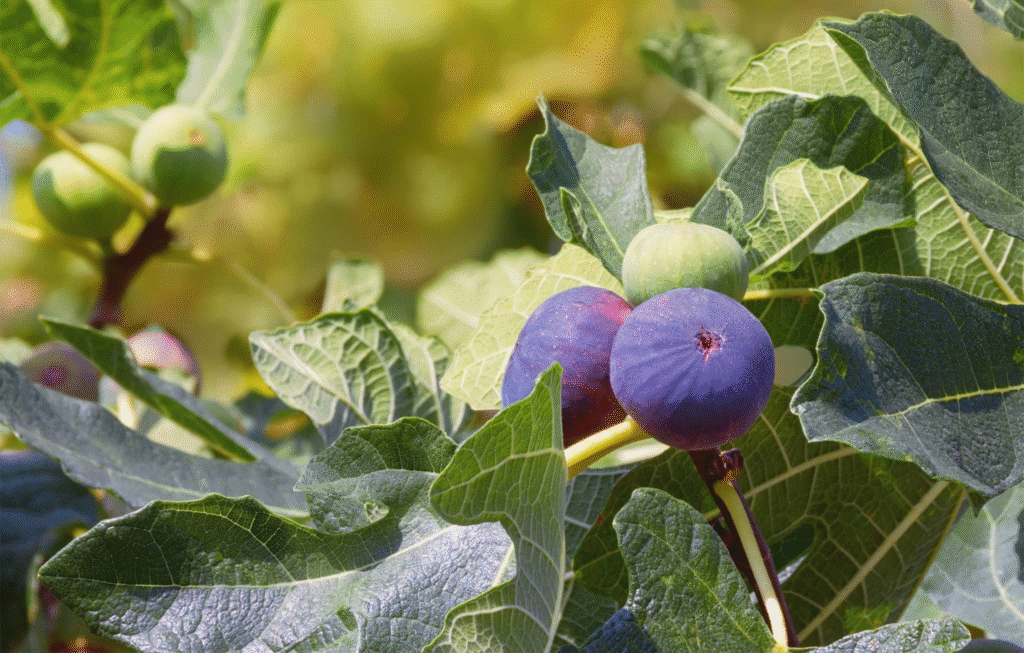
When to Harvest
- Figs are ready when they soften slightly and droop on the stem
- Color deepens to variety-specific shade
- Some varieties produce two crops: an early “breba” crop on previous year’s wood and a main crop on new growth
Handling the Harvest
- Harvest in the morning for best flavor
- Gently pull or snip figs from the branch
- Fresh figs are highly perishable; refrigerate immediately if not consuming
- For preservation, consider drying, freezing, or making preserves
Fig Trees in the US Market
The demand for fresh figs and fig trees has grown substantially in the US market over the past decade. Home growers are increasingly interested in this versatile fruit that can be:
- Eaten fresh
- Dried for long-term storage
- Used in preserves and jams
- Incorporated into baked goods
- Added to savory dishes
Many nurseries now offer specialized fig varieties adapted to different US growing regions, and container-grown options have made figs accessible even to urban gardeners with limited space.
Conclusion
Growing fig trees can be a rewarding experience whether you choose to plant them in your garden, keep them in containers, or start them from seed. With proper care and attention to their specific needs, you can enjoy the sweet fruits of your labor for many years to come. Remember that figs are adaptable plants that have been cultivated for thousands of years across various climates – with the right knowledge and care, you too can succeed in growing these ancient fruits in your own space.
